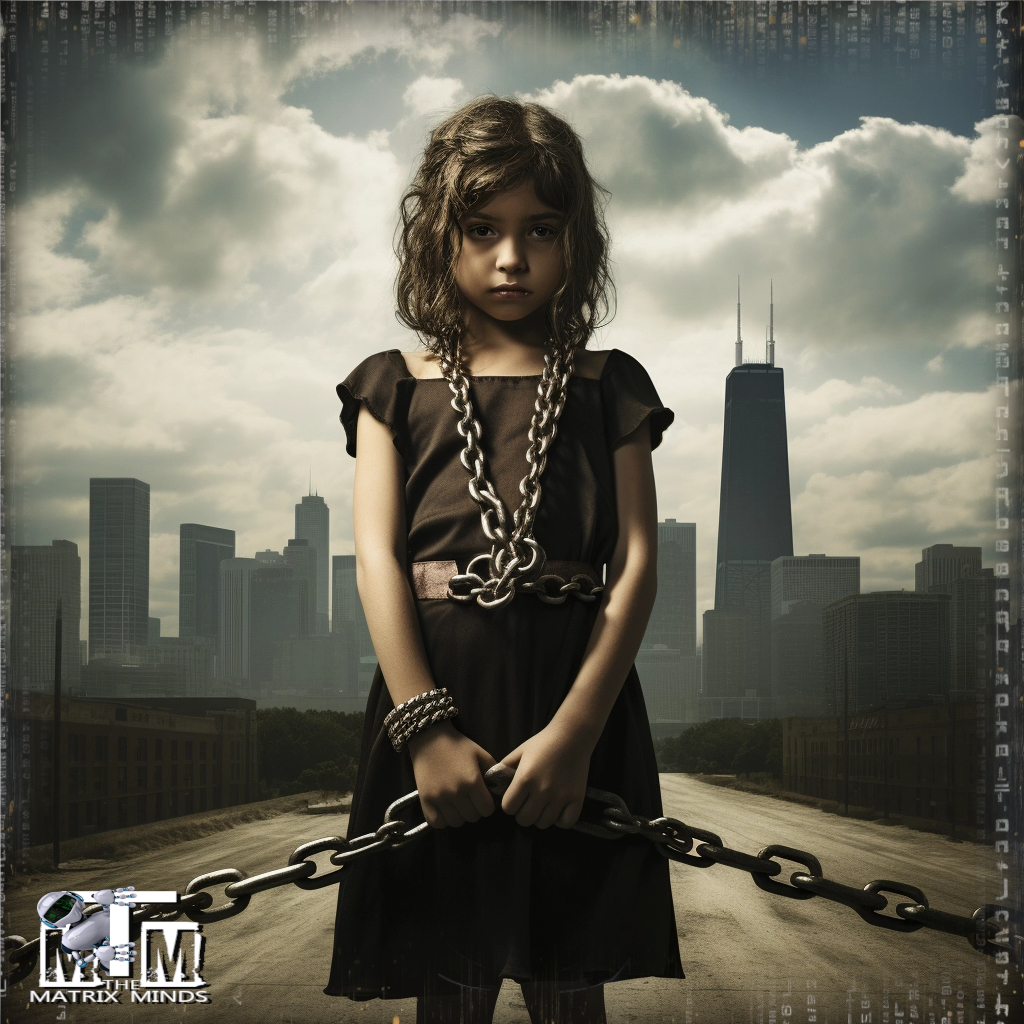Ritualistic Sex Abuse (RSA) is a dark and insidious form of exploitation that often lurks beneath the surface of society, hidden from public view. It involves the systematic abuse of individuals, often children, in organized rituals that inflict physical, emotional, and psychological harm.

While RSA may seem like a relic of ancient superstitions, it is a contemporary phenomenon with disturbing ties to human trafficking networks around the world. In this article, we delve into the shadowy realm of RSA, uncovering its prevalence, complexities, and connections to modern-day slavery.
Understanding Ritualistic Sex Abuse:
RSA encompasses a range of abusive practices characterized by their ritualistic nature, which often involves symbolic acts, ceremonies, and indoctrination rituals. Victims are subjected to repeated sexual abuse, often accompanied by physical violence and coercion, within the context of these rituals. Perpetrators may belong to organized groups or cults that use RSA as a means of exerting power, control, and secrecy over their victims.
The trauma inflicted by RSA can have profound and long-lasting effects on survivors, including Post-Traumatic Stress Disorder (PTSD), dissociative disorders, and profound distrust of authority figures. Moreover, the secrecy surrounding RSA makes it difficult for victims to come forward and seek help, further perpetuating their suffering.
Hidden in Plain Sight:
One of the most alarming aspects of RSA is its covert nature, often occurring right before the public’s eyes without detection. Perpetrators may operate within seemingly legitimate institutions, such as religious organizations, elite social circles, or exclusive clubs, using their positions of power and influence to shield their activities from scrutiny. In some cases, RSA may masquerade as innocent or even benevolent rituals, making it all the more difficult to recognize and confront.

Ties to Human Trafficking:
While RSA is often shrouded in secrecy, it is increasingly being recognized as a key component of human trafficking networks. Victims of RSA are frequently trafficked for sexual exploitation, forced labor, or other forms of servitude. Traffickers exploit the vulnerability of RSA survivors, coercing them into a cycle of exploitation from which escape seems impossible.
Furthermore, RSA and human trafficking share common tactics and strategies, including grooming, manipulation, and psychological coercion. Traffickers may use RSA rituals as a means of breaking down their victims’ resistance and instilling a sense of helplessness and dependency. The intersection of RSA and human trafficking underscores the urgent need for a coordinated response that addresses the root causes and dynamics of both phenomena.
Combatting Ritualistic Sex Abuse and Human Trafficking:
To combat RSA and its ties to human trafficking, a multi-faceted approach is needed that addresses prevention, protection, and prosecution. This includes raising awareness about the signs and consequences of RSA, providing support services for survivors, and holding perpetrators accountable for their crimes. Additionally, efforts to combat human trafficking must address the underlying factors that fuel exploitation, including poverty, inequality, and social marginalization.
Moreover, collaboration between law enforcement agencies, NGOs, and community organizations is essential for identifying and dismantling RSA and human trafficking networks. By working together to shine a light on these dark practices and provide pathways to safety and justice for survivors, we can begin to unravel the web of exploitation that ensnares so many vulnerable individuals.
Ritualistic Sex Abuse is a heinous crime that thrives in the shadows, hidden from public view and intertwined with the scourge of human trafficking. By shedding light on the connections between RSA and modern-day slavery, we can confront these forms of exploitation head-on and work towards a future where all individuals are free from harm and exploitation. It is only through collective action and unwavering commitment that we can hope to break the cycle of abuse and build a world where dignity, justice, and compassion prevail.




Leave a Reply
Want to join the discussion?Feel free to contribute!